A defense of graffiti’s egalitarian values in an age of oligarchic excess, financial gamesmanship, and ecotastrophe
Who the Eff, you ask, is Heather Mac Donald? And just why are you addressing her?
Heather Mac Donald is a well-known commentator and is the Thomas W. Smith Fellow at the Manhattan Institute for Policy Research. As the name indicates, it’s a Manhattan-based think-tank that, in its own words, “has been an important force in shaping American political culture and developing ideas that foster economic choice and individual responsibility.” Four years ago Mac Donald wrote two critiques of graffiti for City Journal, a quarterly published by the Manhattan Institute. The pieces were occasioned by Art in the Streets, an exhibition at the Los Angeles Museum of Contemporary Art, which billed it as “the first major U.S. museum survey of graffiti and street art.” And that, so far as I know, is true. It’s by no means the first time graffiti’s made it into a museum, but it was the first major retrospective.
One piece, Radical Graffiti Chic, is about graffiti and graffiti culture generally while the other, Crime in the Museums, is a review of the exhibition. Needless to say, she was not impressed. But she WAS angry and disgusted. Graffiti after all, is vandalism, as we all know. Moreover Mac Donald asserted that it’s not particularly accomplished or interesting as art, it does nothing to better the lives of poor communities, and, in the museum world it’s just something for rich oligarchs to play with while they’re safe in their urban aeries. I rather agree with the last, but have severe doubts about her other objections. But I don’t want to go into that here, as I’ve already responded to some of her remarks in two pieces:
Rather, I want to look at a stunt she pulled when she went to see the show. As she tells it in Crime in the Streets:
Once allowed inside the show, I went to Martha Cooper’s influential photos of bombed subway cars and made ready to write my tag on the wall next to them, eyeing a guard conspiratorially. “Oh, no, please!” intervened the watchman apologetically. “You can’t do that.” I tried again next to the timeline entry celebrating the start of Fairey’s stickering campaign in 1989. “You can’t write on the wall,” another guard told me.
Hypocritical to the end, MOCA is selling graffiti spray paint in its bookstore along with its $55 Art in the Streets catalogues.
Of course she knew very well that she wouldn’t be able to write on the walls.
As to whether or not she should have tried that stunt, that’s an interesting question. If she’d consulted Socrates, who drank hemlock for his work among Athenian youth, he might well have advised her: “If you’re willing to pay the fine and do the time, sure, go ahead.” [I’m thinking, of course, of the Crito.] But obviously she wasn’t. She was indulging in a bit of theater so she could use it in her review. It was a cheap no-risk trick.
But she does have a point. There is some hypocrisy there. Anyone who’s involved with graffiti knows of the criminal risk involved and we all think about it. Just what we think, that obviously varies from one person to another. But some of us do think we’re living in a world that calls for trespass and some of us just want to get over. As I’ve said, I don’t want to argue the point here and now. I want to switch the game a bit.
I want to look at Green Villain’s Demolition Exhibition. As you may know, it’s a graffiti show that recently concluded it’s one-week run in a now-abandoned Pep Boys store in the Newport area of Jersey City. Why only one week? Because the building’s slated for, you guessed it, demolition. Green Villain, a small production company, made a deal with Pep Boys to do, first the rear wall (facing a commuter railway line), and then when the building was sold and slated for demolition, the entire exterior. GV then made another deal with the developer, Forest City, to do the interior and open the building to the public for a week. That’s what’s just concluded: one week (June 27 to July 5) and 100 hundred artists, free.
If Heather Mac Donald had shown up she’d have been welcome to tag-up just like anyone else:
Of course, those canvases got pretty crowded, and some of the earliest tags and signatures (not the same thing, BTW) got covered over:
Signing a canvas put there for that purpose might not be transgressive enough for Heather Mac. But she could’ve signed the wall, just as others have done:
Trouble is there’d have been nothing transgressive about that either, not at the Demolition Exhibition. Not everyone signed a wall. But many did.
Why? You know those old cave paintings? There are places on those walls that are covered in hand prints. People would put their hands on the wall and then blow pigment over them, leaving a print on the wall. Why’d they do that?
There’s plenty of space on the walls, especially if you go small. See:
Maybe that’s not quite the spot she wanted – there are others. After all, it’s in the bathroom.
As she knows, bathrooms are traditional locations for wall markings, not just in graffiti culture. That wall is pristine in comparison to others I’ve seen, at the old 51 Pacific spot, for example.
But maybe, upon reflection, H MacD would have decided that walls just weren’t her style. Well then, the floor’s available. If you want you could go large:
Or go for elegance:
It all starts with handstyles. Without a decent handstyle, a graffiti writer’s got nothing.
Want to boast? If you’ve got the cred, by all means show it:
That’s a crown, reserved for a “king” of graffiti. It’s not something you bestow on yourself. And if you go putting a crown on your tag, or throwie, or piece, without having earned it, you’re going to get in trouble.
And then there’s this:
I don’t know whether the writer is Greek, which is certainly possible in this city, or just likes the look of Greek letters. But whoever did that the wanted their name to be known. Without even looking I counted that name in two other places at the exhibition, perhaps three (check the canvas close-up for one of them).
Whatever the Demolition Exhibition WAS, it wasN’T a museum show. Not with skate boarding and couch jumping:
And not with the DJs spinning – vinyl, yes! – five decades of prime American pop, rock, soul, jazz, hip-hop, house, reggae and whatever the hell else:
You had to be there!
These days everyone’s a photographer:
Smart phones clicking all over the damn place. Stills and videos straight to Instagram. That’s why we created the hashtag: #GVM004. In a world of social media who needs a museum?
Well, maybe that’s not quite the question. The Los Angeles Museum of Contemporary Art notwithstanding, museums and graffiti don’t mix all that well. For one thing, you need to see graff at scale. Photos, even the best photos, don’t give the flavor. At the demolition exhibition we worked to scale.
All originals, baby! And like the classic graff of the New York subway system, all gone tomorrow.
We should remind ourselves that museums are only about two-centuries old. They aren’t eternal – is anything? And museum culture is, to no little extent, robber baron culture, as Michael Gross detailed in his history of New York’s Metropolitan Museum, Rogue’s Gallery. The world we’ve got now is the product of the values that built museum culture. Maybe it’s time to hit the reset button on all that. That’s what graffiti is doing, hitting the resent button on expressive culture.
That’s what the Demolition Exhibition is about:
R•E•S•E•T!
It’s not something that happened because we don’t yet have a graffiti museum. It’s not something conceived as a step toward a graffiti museum.
It’s something else. The event itself is now receding into history. Before long the building will be gone. And then it’ll be replaced by a mid-rise apartment building.
But people will have their memories. And there’s all those photos and videos on the net. Will it resonate?
Call it a small gesture in a big world, the Anthropocene.
What’re the values of graffiti culture? No one does. It’s in flux, after four decades graffiti’s not settled down. There are lots of people involved with graffiti, the writers, the photographers, curators, gallery owners, property owners, the police, and who knows what else. They’ve each got their own values and interests and nothing’s settled. We’re still trying to figure things out.
It’s not settled down. Museum culture is over. Graffiti culture is not.
Bring it on home!
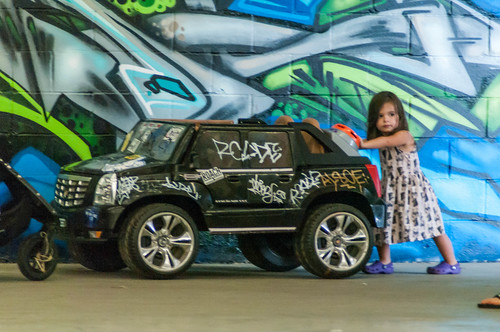
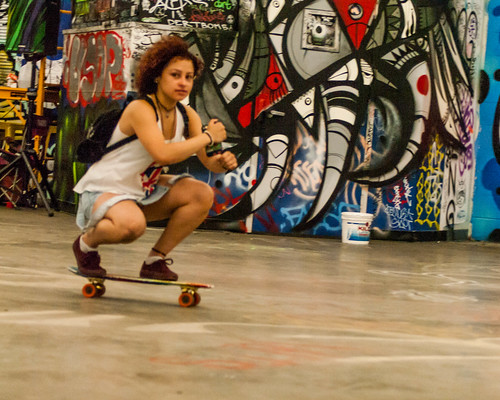
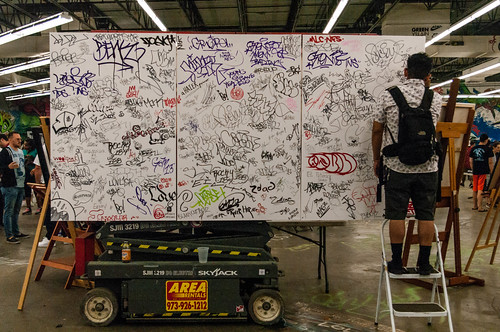

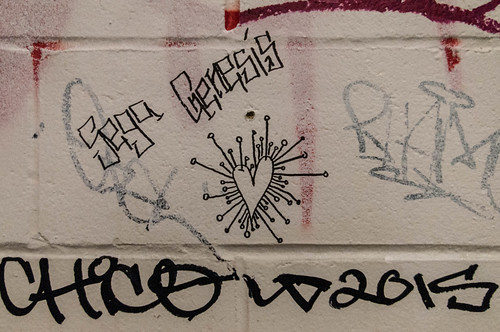

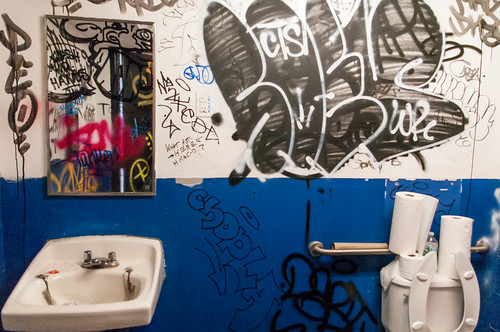
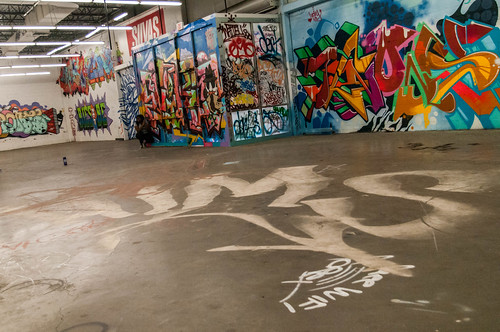
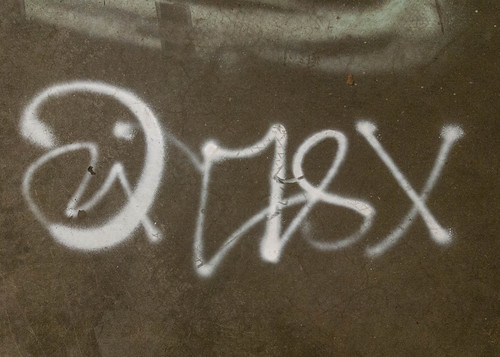

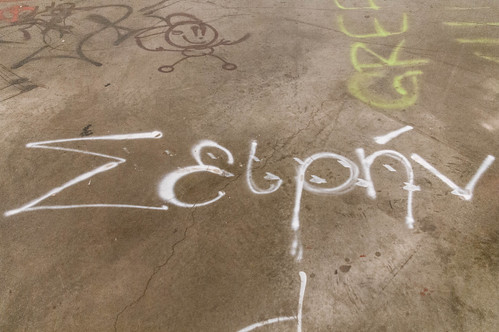

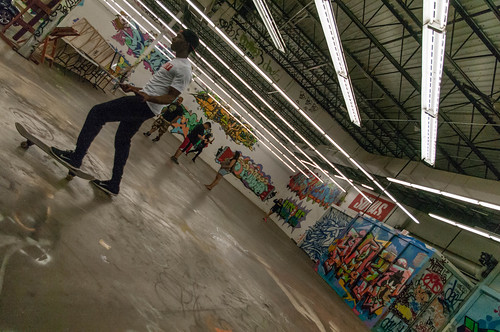

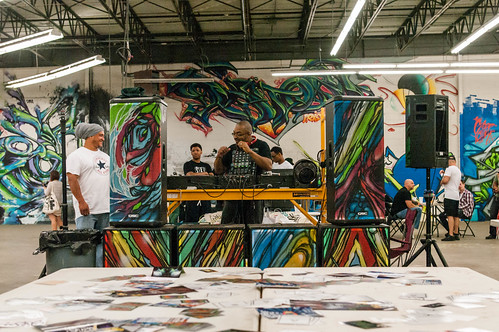


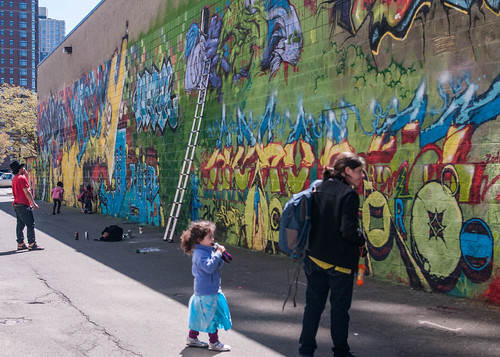
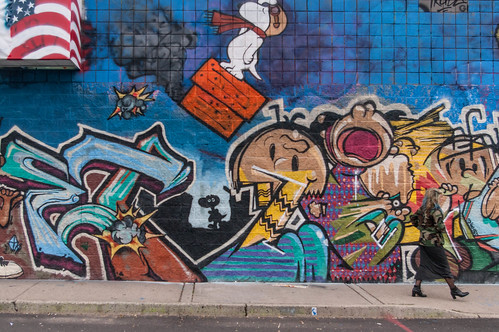
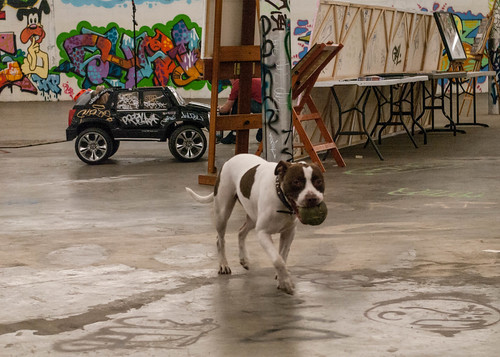
No comments:
Post a Comment